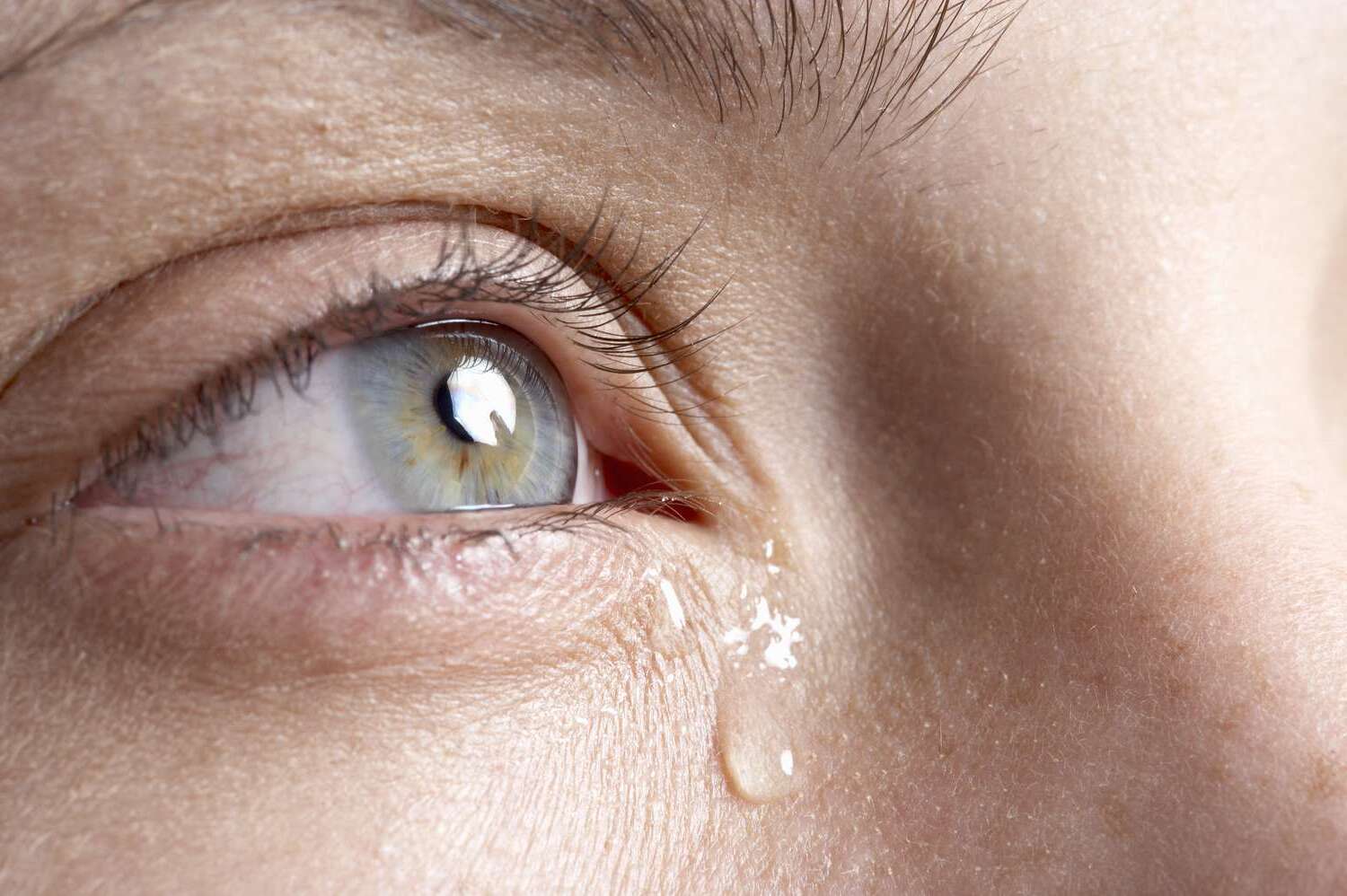
Ever wondered why we cry? Tears aren't just for showing sadness. They play a crucial role in keeping our eyes healthy and clear. Tears come in three types: basal, reflex, and emotional. Basal tears keep our eyes moist, reflex tears protect against irritants like smoke or onions, and emotional tears help us process feelings. Each type has a unique composition and purpose. Did you know that emotional tears contain stress hormones? This means crying can actually help reduce stress. Plus, humans are the only creatures that shed emotional tears. Ready to learn more surprising facts about tears? Let's dive in!
The Science Behind Tears
Tears are more than just drops of water. They play a crucial role in our eye health and emotional well-being. Here are some fascinating facts about tears.
-
Tears are made up of three layers: The outer oily layer, the middle watery layer, and the inner mucus layer. Each layer has a specific function, such as preventing evaporation and spreading tears evenly across the eye.
-
There are three types of tears: Basal tears keep our eyes lubricated, reflex tears protect our eyes from irritants, and emotional tears are linked to our feelings.
-
Emotional tears contain stress hormones: When we cry due to emotions, our tears release stress hormones and other toxins, which can help reduce stress levels.
-
Tears have antibacterial properties: They contain lysozyme, an enzyme that can kill bacteria and protect our eyes from infections.
-
Humans are the only species that cry emotional tears: While many animals produce tears to lubricate their eyes, humans are unique in shedding tears due to emotions.
The Role of Tears in Eye Health
Tears are essential for maintaining the health of our eyes. They provide moisture, nutrients, and protection. Let's explore some key facts about how tears contribute to eye health.
-
Tears keep the cornea moist: The cornea, the clear front part of the eye, needs to stay moist to function properly. Tears provide the necessary moisture.
-
Tears help clear debris: They wash away dust, dirt, and other particles that can irritate the eyes.
-
Tears supply oxygen and nutrients: The cornea doesn't have its own blood supply, so tears deliver oxygen and nutrients to keep it healthy.
-
Tears prevent dry eye syndrome: A lack of tears can lead to dry eye syndrome, causing discomfort and potential damage to the eye surface.
-
Tears aid in healing: They contain growth factors and proteins that help repair the eye's surface after injury.
Emotional and Psychological Aspects of Tears
Crying is a natural response to emotions, and it has psychological benefits. Here are some intriguing facts about the emotional and psychological aspects of tears.
-
Crying can improve mood: Shedding emotional tears can release endorphins, which are natural painkillers and mood enhancers.
-
Tears can strengthen social bonds: Crying in front of others can foster empathy and strengthen relationships by showing vulnerability.
-
Crying can be a form of communication: Babies cry to signal their needs, and adults may cry to express emotions when words fail.
-
Crying can reduce aggression: Some studies suggest that crying can help reduce feelings of anger and aggression.
-
Cultural differences in crying: Different cultures have varying attitudes towards crying, with some encouraging emotional expression and others discouraging it.
Interesting Facts About Tears
Tears have some surprising and lesser-known aspects. Here are a few more intriguing facts about tears.
-
Tears can be triggered by yawning: Yawning can stimulate the lacrimal glands, causing tears to form.
-
Tears can be a sign of happiness: People sometimes cry tears of joy during moments of intense happiness or relief.
-
Tears can vary in composition: The chemical makeup of tears can change depending on the reason for crying, such as emotional tears versus reflex tears.
-
Tears can be influenced by hormones: Hormonal changes, such as those during pregnancy or menstruation, can affect tear production.
-
Tears can be a response to spicy food: Eating spicy foods can stimulate the trigeminal nerve, leading to reflex tears.
Tears in Art and Literature
Tears have been a powerful symbol in art and literature throughout history. Here are some fascinating facts about how tears have been depicted in various forms of expression.
-
Tears in ancient mythology: In many ancient myths, tears were seen as a powerful symbol of sorrow, love, or divine intervention.
-
Tears in literature: Authors often use tears to convey deep emotions and create a connection with readers. Famous works like Shakespeare's plays frequently depict characters crying.
-
Tears in visual art: Artists have long used the image of tears to evoke emotion in their work. Paintings and sculptures often depict tearful figures to convey sadness or despair.
-
Tears in music: Many songs and operas include references to crying, using tears as a metaphor for heartache or longing.
-
Tears in film: Movies often use close-up shots of characters crying to create an emotional impact on the audience.
Fun and Quirky Facts About Tears
Tears can be surprising and even a bit quirky. Here are some fun facts that you might not know about tears.
-
Tears can be a sign of laughter: Sometimes, laughing too hard can lead to tears, as the body responds to intense emotions.
-
Tears can be a sign of relief: People often cry tears of relief after a stressful or frightening experience.
-
Tears can be a sign of frustration: Crying out of frustration is common, especially when dealing with challenging situations or feeling overwhelmed.
The Wonders of Tears
Tears are more than just drops of salty water. They play a crucial role in keeping our eyes healthy, expressing emotions, and even communicating with others. From basal tears that keep our eyes moist to reflex tears that protect us from irritants, and emotional tears that help us release stress, each type serves a unique purpose.
Understanding the science behind tears can give us a deeper appreciation for this natural process. Whether it's the antibacterial properties of tears or their ability to convey complex emotions, there's no denying their importance.
Next time you find yourself tearing up, remember the fascinating facts behind those drops. They’re not just a sign of sadness or joy but a testament to the intricate workings of the human body. So, let your tears flow and embrace the wonder they bring to our lives.
Was this page helpful?
Our commitment to delivering trustworthy and engaging content is at the heart of what we do. Each fact on our site is contributed by real users like you, bringing a wealth of diverse insights and information. To ensure the highest standards of accuracy and reliability, our dedicated editors meticulously review each submission. This process guarantees that the facts we share are not only fascinating but also credible. Trust in our commitment to quality and authenticity as you explore and learn with us.


